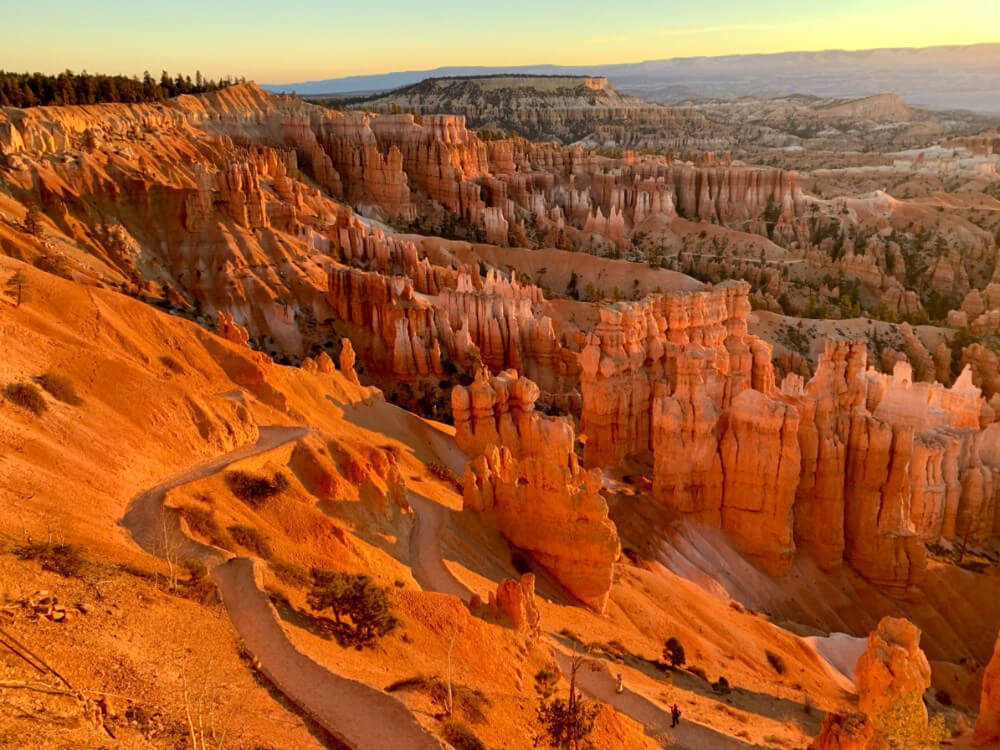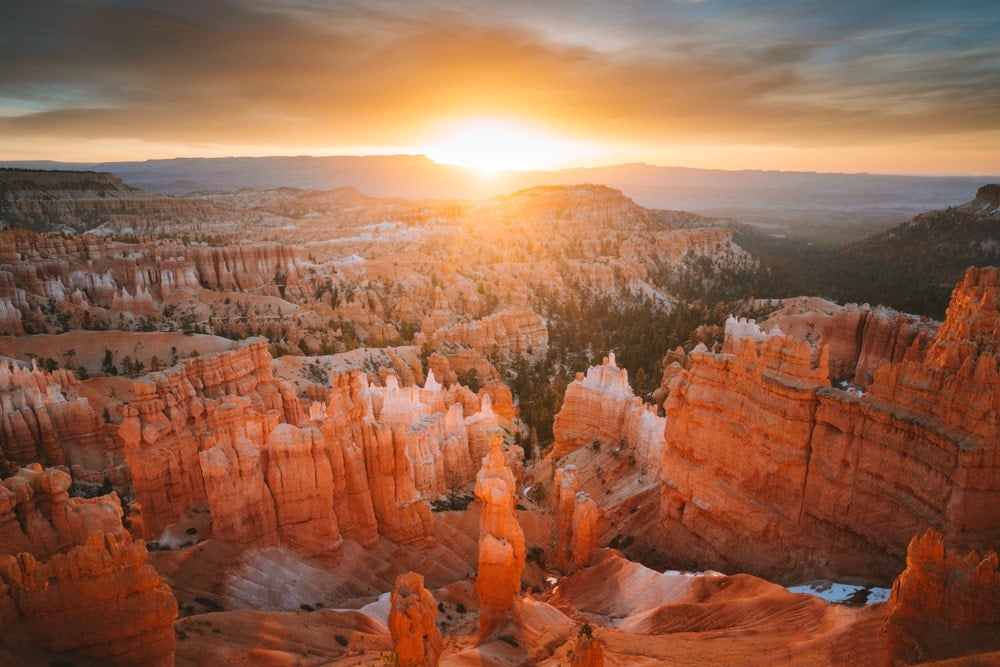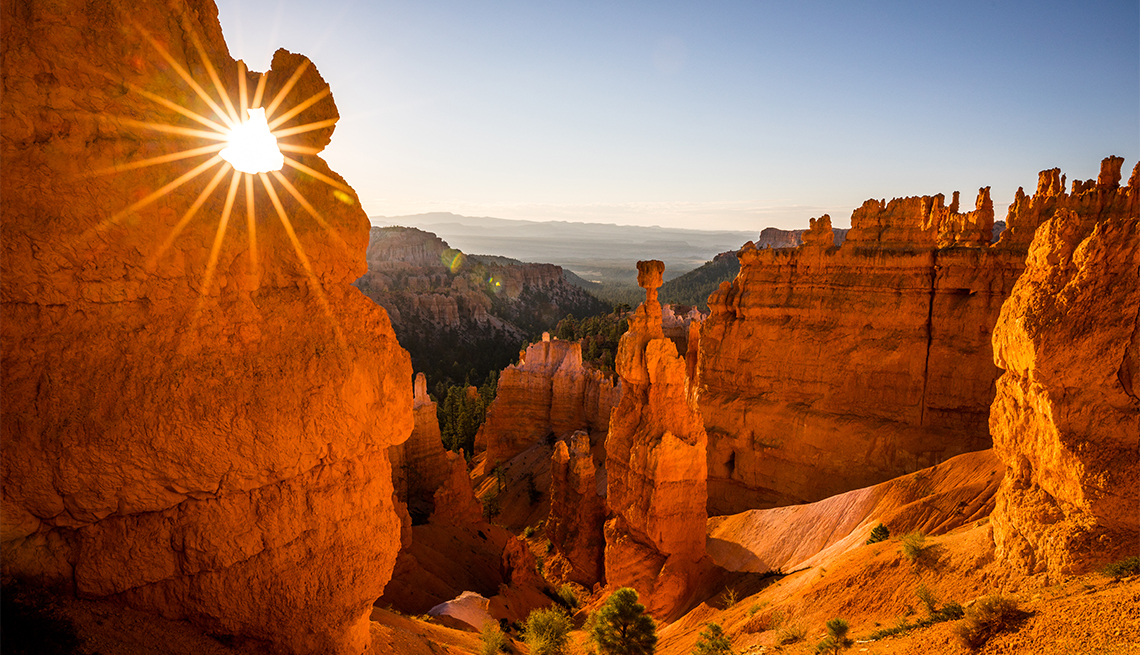Bryce Canyon National Park, Utah: A Geological Masterpiece
Bryce Canyon National Park, located in the southwestern United States, is a mesmerizing natural wonder that showcases a surreal landscape of hoodoos, spires, and intricate rock formations. This iconic park in Utah is celebrated for its otherworldly beauty and unique geological features that make it a must-visit destination for nature enthusiasts and outdoor adventurers.
Bryce Canyon’s most distinguishing features are its hoodoos, which are tall, thin spires of rock that rise from the canyon floor. These hoodoos are the result of millions of years of erosion, primarily due to the action of frost-wedging and the abrasive force of rainwater. The park is located on the edge of the Paunsaugunt Plateau, where the elevation and climate variations have played a significant role in shaping its extraordinary landscape.
The process of hoodoo formation begins with the layering of sedimentary rocks, primarily limestone and shale, which were deposited millions of years ago when this area was covered by a vast inland sea. Over time, the soft shale eroded faster than the harder limestone, creating a delicate balance that eventually formed the spires we see today. The colors of the rocks in Bryce Canyon are also a testament to its geological history, with varying shades of red, orange, and white providing a striking visual contrast.
This is the park’s most iconic viewpoint, offering a breathtaking panorama of the amphitheater filled with countless hoodoos. Sunrise and sunset are especially magical times to visit, as the sunlight accentuates the vibrant colors of the rocks.
Located at an elevation of 8,300 feet, Bryce Point provides visitors with a stunning perspective of the park’s expansive landscape. The viewpoint offers a glimpse into the intricate details of the hoodoos and the vastness of the canyon.
This popular hiking trail allows visitors to descend into the canyon among the hoodoos. It’s an exhilarating experience that provides a close-up look at the unique rock formations.
At the southernmost end of the park, Rainbow Point offers panoramic views of the Grand Staircase-Escalante National Monument and the distant Henry Mountains. On a clear day, you can see over 100 miles into the distance.
The Bryce Canyon Visitor Center is an excellent place to start your journey through the park. Here, you can gather information, view exhibits, and learn more about the geology, ecology, and history of Bryce Canyon.
Bryce Canyon is not just a geological marvel; it’s also home to a diverse range of wildlife and plant species. Visitors may encounter mule deer, pronghorn, and a variety of bird species while exploring the park. The ponderosa pine forests that dot the landscape add to the park’s unique beauty.
Bryce Canyon National Park is a geological masterpiece that leaves a lasting impression on all who visit. Its surreal landscape, characterized by the whimsical hoodoos, showcases the power of natural processes over vast periods of time. Whether you’re a casual observer or an avid hiker, Bryce Canyon offers an unforgettable experience of the Earth’s geological history and the beauty of the American Southwest. Make sure to include this remarkable destination in your travel plans for a journey into a world unlike any other.
Hits: 5











